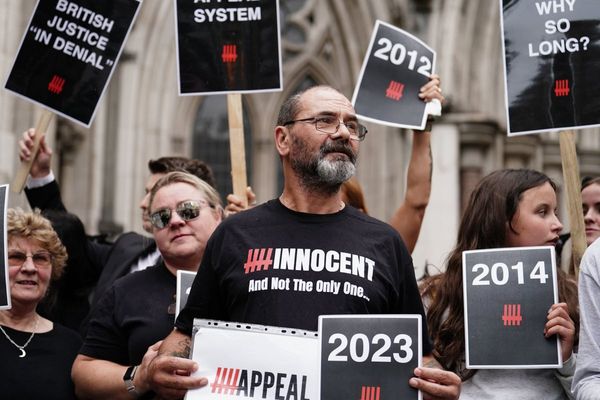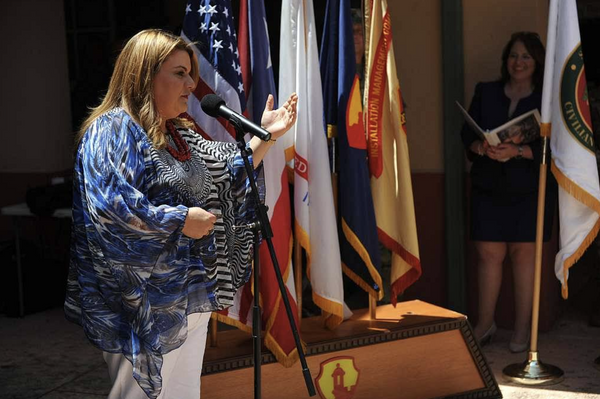
27 June 1842, a date no one has ever celebrated, marked the real birth of modern New York City. On that date, people passing a new 150m-gallon reservoir that stretched from Sixth to Seventh Avenue and between 79th and 86th Streets suddenly noticed it was filling up with water. The flood had traveled 34 miles, from Westchester county.
The Lenape, the original residents of Manhattan, survived for thousands of years on water from streams and ponds. But their Dutch and British successors polluted all those sources and the ground water too. By the beginning of the 19th century, New Yorkers were adding brandy or gin to every glass of water – as a disinfectant.
The surge in population that began when the Erie Canal was completed in 1825 made a new source of water essential. Cholera epidemics in 1832 and 1834 plus the great fire of 1835 finally convinced the city to approve a gigantic expenditure of $8m, which ballooned to $13m before the project was completed.
On that fateful 27 June, Mayor Robert Morris, members of the common council, a 78-year-old John Jacob Astor and 15,000 other New Yorkers formed a gigantic crowd around the gushing waters. Troops were called out to deliver a 34-gun salute: one blast for each mile the water had traveled.
The festivities continued with the grand opening on 4 July of the Murray Hill Distributing Reservoir at 42nd Street, later the site of the New York Public Library. In October an even larger celebration featured a seven-hour parade which ended downtown at a new fountain in front of City Hall, its center jet shooting water 50ft into the air. Governor William Seward toasted the way “today the pure mountain stream gushes through” the city’s streets “and sparkles in its squares”.
Daniel Levy’s sprawling new history of 19th-century New York, Manhattan Phoenix, is subtitled “The Great Fire of 1835 and the Emergence of Modern New York”. The author argues, a little implausibly, that it was that conflagration that gave birth to the modern city. But he is thorough enough to include a detailed description of a much more important water project, the Croton Aqueduct, and passing references to the equally crucial Erie Canal, which determined New York’s status as the premier American metropolis.
Levy does a fine job of charting New York’s explosion after 1835, when Manhattan had 268,089 people and Columbia University 100 students. He reminds us regularly that so many of the shortcomings some think of as 21st-century problems have been in the city’s DNA for hundreds of years.
In the late 1820s, the “richest 4%” controlled nearly half of New York’s wealth, the top 1% almost a third. An Episcopalian reverend named William Muhlenberg railed against “that inordinate spirit of money making, which marks our country in general, and its commercial cities in particular”.
Twenty years after Pierre Charles L’Enfant laid out Washington DC “with ovals and diagonal” layouts, the New York commissioners chose a rigid grid of perpendicular streets and avenues. They did so, Levy writes, because they were “focused entirely on growth. In the New York Sunday Dispatch, a young Walt Whitman complained that ‘streets cutting each other at right angles are certainly the last things in the world consistent with beauty of situation’.”

Seven years later, Whitman identified the “general principle, that in New York City, among all ranks, except the poorest, there is a habit of occupying houses outrageously and absurdly too expensive”.
Already, in the middle of the 19th century, working-class New Yorkers were being priced out of Manhattan and exploring the Bronx and Brooklyn.
Levy celebrates many of Manhattan’s earliest glories, including Alexander Stewart’s Marble Palace, the world’s first real department store, which included a four-story atrium and plate-glass windows. He also has a wonderful description of the lengths that New York went to in order to lure Charles Dickens to visit.
“Tickets at $5 a piece were sold to 3,000 revelers to welcome the novelist appropriately. One hundred forty chefs and kitchen staff worked for three days to prepare 50 hams, 50 tongues and an astonishing 38,000 oysters, which were by far the city’s most popular food. As Dickens circulated around the room with his wife Catherine, musicians serenaded him with God Save the Queen and Yankee Doodle.”
At times, Levy’s descriptions become so detailed one wonders if he felt compelled to include every single fact he uncovered about the city he adores. But anyone who shares his enthusiasm for America’s most important city will treasure this book, for its good judgement and its many unexpected pleasures.
Manhattan Phoenix: The Great Fire of 1835 and the Emergence of Modern New York is published in the US by Oxford University Press USA







